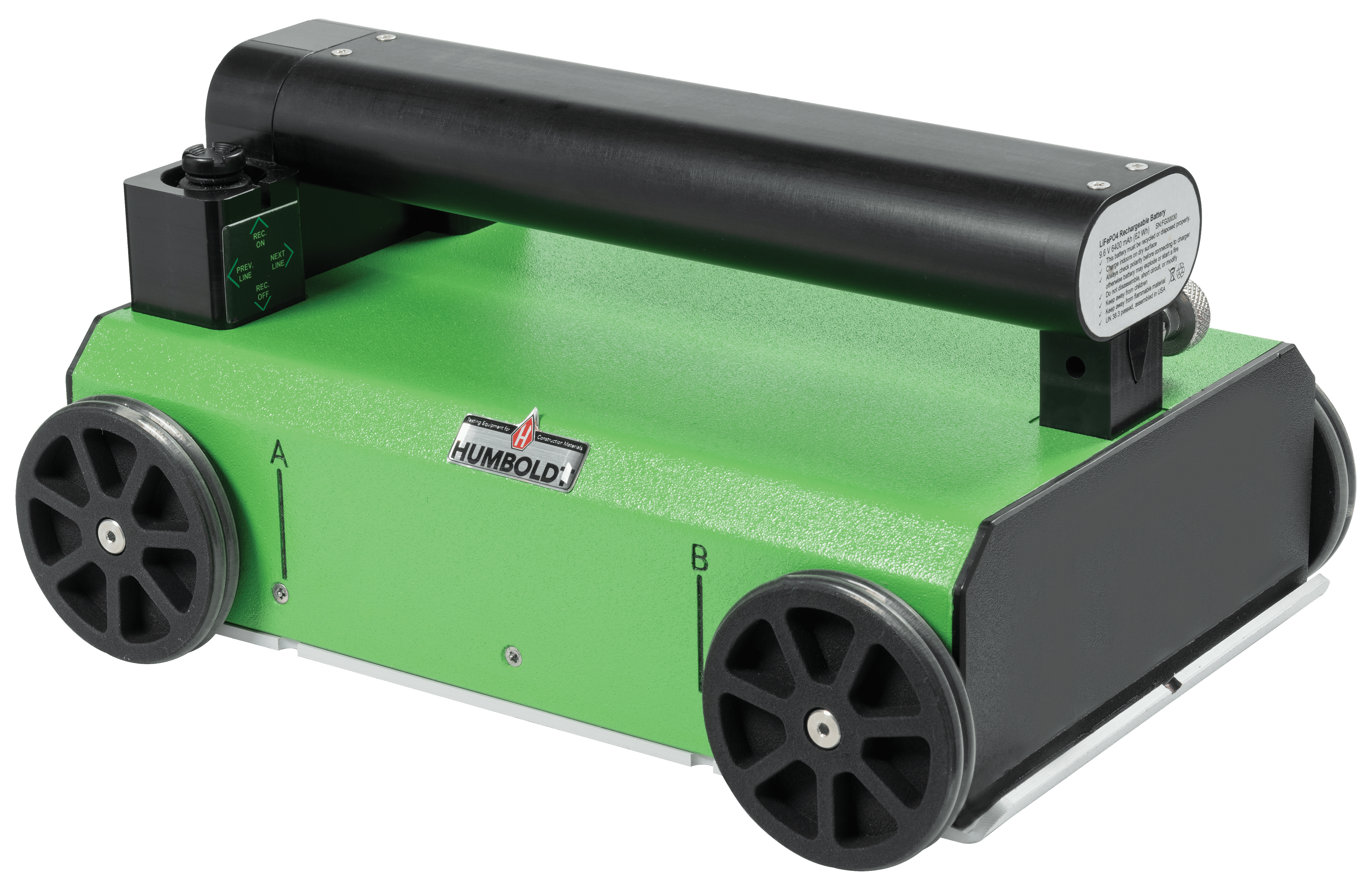RainierGPR Service Areas: Trusted Concrete Scanning Solutions in Several Places
Enhancing Project Preparation and Execution Via Advanced Concrete Scanning Techniques
In the realm of job planning and insight, execution and accuracy are crucial components that can make the distinction between success and problems. Advanced concrete scanning techniques have arised as an innovative device established to raise the requirements of job administration within the construction sector.
Advantages of Advanced Concrete Scanning Strategies

Improved Accuracy in Task Analyses
Enhancing project assessments through advanced concrete scanning techniques significantly enhances the precision and reliability of building examinations. By utilizing advanced scanning technologies such as ground-penetrating radar (GPR) and 3D imaging, task groups can currently get thorough understandings into the condition of concrete frameworks, determining potential problems or weak points that might not be noticeable to the naked eye. This enhanced degree of precision in task analyses enables building specialists to make even more informed decisions pertaining to fixing and maintenance strategies, bring about improved total project outcomes.
In addition, the increased precision in task analyses achieved with sophisticated concrete scanning techniques aids in reducing the danger of unforeseen issues during the building stage. By proactively discovering hidden abnormalities within concrete structures, such as rebar corrosion or gaps, job teams can attend to these concerns early on, preventing pricey delays and remodel later on in the project lifecycle. Inevitably, the improved accuracy in task assessments facilitated by advanced concrete scanning techniques adds to greater performance, cost-effectiveness, and top quality in building and construction tasks.
Early Recognition of Architectural Challenges
Early detection of structural difficulties plays a crucial function in making certain the stability and security of concrete frameworks throughout the building procedure. Identifying potential problems at an onset enables timely intervention, preventing pricey rework, routine delays, and safety and security risks. Advanced concrete scanning techniques, such as ground-penetrating radar (GPR) and 3D imaging, allow task teams to reveal surprise defects, voids, support layout disparities, and other abnormalities that could compromise the framework's security.
By carrying out these strategies throughout the preparation and implementation stages, building and construction specialists can proactively resolve architectural difficulties before they escalate into major troubles. For example, identifying inadequate concrete cover over reinforcement bars at an early stage can avoid corrosion and structural weakening in the long run - RainierGPR Service Areas. Moreover, identifying variations in concrete thickness or density can assist enhance material use and ensure consistent toughness residential or commercial properties across the framework

Eventually, early identification of architectural obstacles through advanced concrete scanning not just improves the total top quality and longevity of the building and construction however also published here adds to a more secure developed setting for individuals and residents.
Boosted Security Steps in Building
The implementation of durable security methods is imperative in the building and construction industry to minimize threats and safeguard the health of RainierGPR Service Areas workers and stakeholders. Building websites are inherently harmful environments, with possible dangers varying from drops and equipment breakdowns to structural failures. To boost precaution, building and construction firms are increasingly embracing technological improvements such as wearable devices that keep an eye on employees' important indications and spot potential health problems in real-time. In addition, making use of drones for site monitoring permits routine safety and security inspections without putting workers in damage's means. Security training programs have actually additionally evolved to include virtual truth simulations that supply hands-on experience in managing emergency situation situations. Additionally, the integration of synthetic intelligence in safety and security monitoring systems makes it possible for positive recognition of potential risks, enabling timely interventions. By prioritizing safety and security via the consolidation of advanced technologies and extensive training programs, building jobs can dramatically lower crashes and develop a safe and secure workplace for all entailed - RainierGPR Service Areas.
Streamlining Job Monitoring Processes
To enhance operational performance and guarantee task success in the building sector, a focus on streamlining task administration processes is necessary. By executing reliable project monitoring processes, building and construction jobs can decrease delays, minimize costs, and enhance general efficiency. One key element of simplifying project administration is making use her explanation of sophisticated modern technologies such as Building Information Modeling (BIM) software application, which makes it possible for real-time collaboration, clash detection, and precise task scheduling. Furthermore, the fostering of cloud-based task management platforms permits for smooth communication amongst employee, instant access to job information, and the capability to track development in real-time.

Final Thought
To conclude, the utilization of advanced concrete scanning strategies provides numerous advantages for job planning and execution. These methods provide enhanced precision in task analyses, early identification of structural obstacles, enhanced precaution in construction, and structured project monitoring procedures. Incorporating these methods into job process can inevitably bring about a lot more successful and efficient results in construction tasks.
Ultimately, the improved accuracy in task assessments helped with by innovative concrete scanning techniques contributes to greater effectiveness, cost-effectiveness, and high quality in construction jobs. RainierGPR Service Areas.
To maximize operational effectiveness and guarantee job success in the building and construction market, a focus on enhancing job monitoring procedures is necessary. By implementing reliable job monitoring procedures, construction tasks can decrease delays, decrease costs, and enhance general productivity. By simplifying job administration procedures with modern technology combination, clear communication, and data-driven strategies, construction projects can attain higher efficiency, cost-effectiveness, and effective outcomes.
These strategies provide improved accuracy in job evaluations, early identification of structural obstacles, improved safety and security steps in construction, and structured task monitoring procedures.